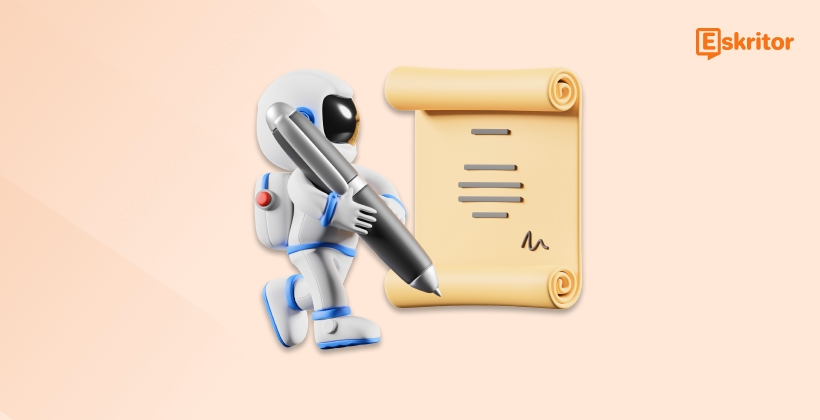The Role of AI in Modern Editing Practices
The Role of AI in Modern Editing Practices
Blog Article
Top AI Writing Tools to Boost Productivity
As synthetic intelligence (AI) evolves, it continues to revolutionize how exactly we method modern modifying practices. From syntax correction resources to advanced content era platforms, AI Editing is reshaping the way writers, editors, and builders refine their work. This blog examines the role AI represents in contemporary editing and the affect it has across industries.

AI-Powered Instruments Primary the Charge
AI-powered methods have become an indispensable part of modifying workflows. Pc software fueled by organic language processing (NLP) and unit understanding may do tasks like syntax checks, stylistic suggestions, and phrase restructuring with amazing rate and accuracy.
For example, AI-based syntax pieces can identify mistakes that the human eye may neglect, such as for example subject-verb deal dilemmas or dropped modifiers. Similarly, type enhancements generated by AI make sure that tone and flow arrange with the intended market, which will be invaluable for skilled editors.
These resources are not only restricted to old-fashioned syntax corrections. They are capable of improving readability, transforming inactive voice to effective voice, and also paraphrasing entire paragraphs without adjusting the meaning.
Effectiveness Matches Time Savings
Studies reveal that the use of AI resources can lower modifying time by as much as 30%. In place of poring around every word personally, authors may emphasis their efforts on innovative and proper aspects of content. That change allows professionals to manage higher sizes of text in faster periods, which is particularly valuable for industries like writing and digital marketing.
Also, predictive AI functions can spotlight repeating problems, supporting writers improve their skills around time. For businesses, this means less assets allocated to changes and more refined components from the comfort of the start.
Improving Supply and Globalization
AI's position in contemporary modifying stretches beyond efficiency. Sophisticated translation and localization tools allow designers to change content effortlessly for international readers, wearing down language barriers with precision. That technology ensures that the exact same meaning may resonate with cultures worldwide while retaining their authenticity.
AI also raises inclusivity requirements by improving availability in content. For example, calculations can identify potentially non-inclusive language and suggest alternatives. This potential allows editors to improve publishing therefore it resonates with diverse audiences.

Impressive a Stability Between AI and Individual Imagination
While AI excels in rate and accuracy, it doesn't change human editors. Products often absence the ability to interpret nuance, sensation, or cultural context fully. The best system combines AI's efficiency with individual creativity and perception, resulting in really exceptional work.
By leveraging these technologies in contemporary editing methods, creators and authors alike may generate top quality material that aligns with the fast-paced demands of today's electronic world. AI will be the future of modifying, but the human feel can be needed for storytelling and connection. Report this page